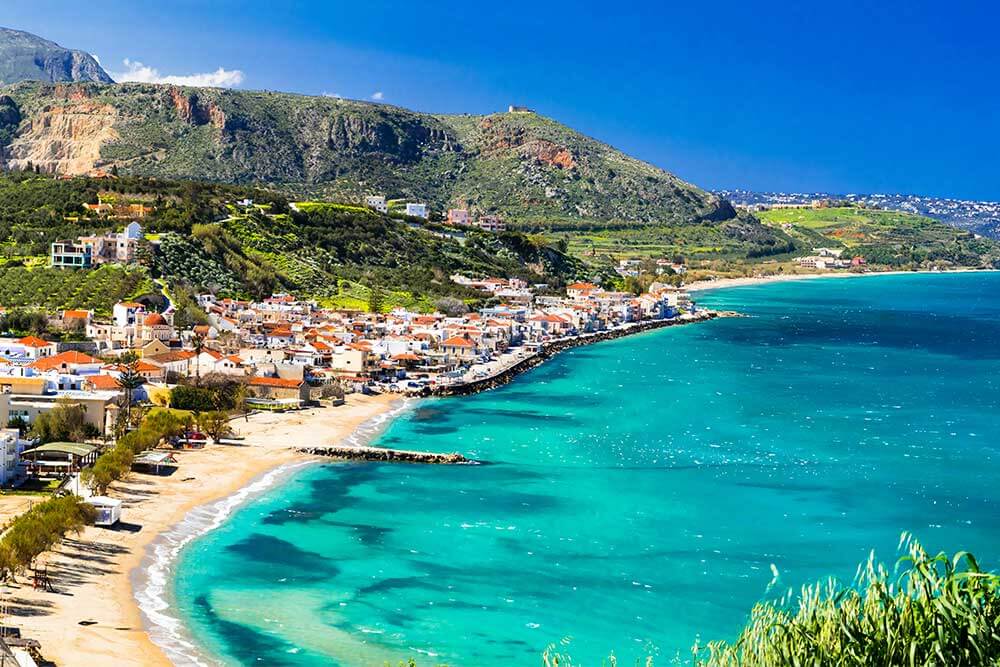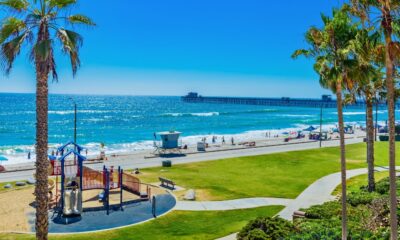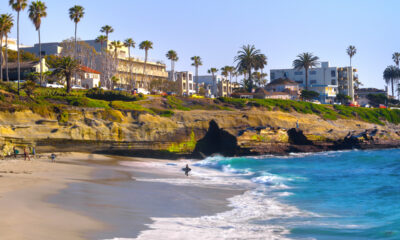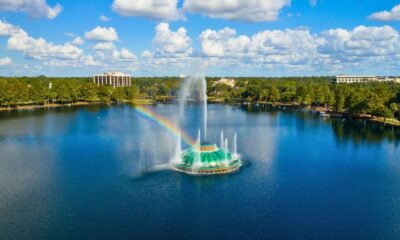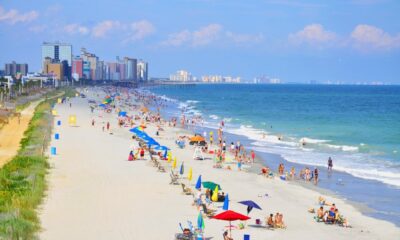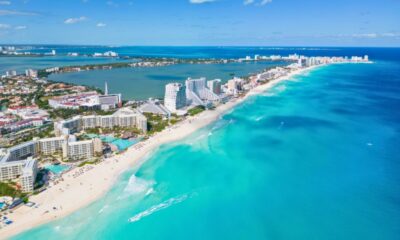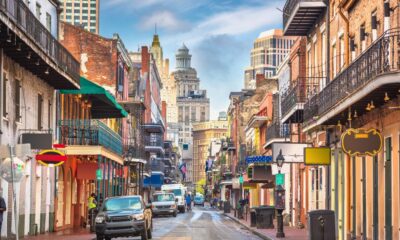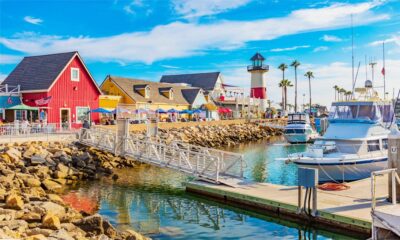Featured
10 Fun Facts About Niagara Falls
10 Fun Facts About Niagara Falls
What else do you know about Niagara Falls, besides that it’s a must-see natural wonder? Do you know about the wildlife? Or how many people jumped in? Check out some fun facts that may surprise you.
For decades, Niagara Falls attracted tourists from all over the world. Now, the waterfalls see a combined eight million tourists each year. And that’s not even counting many of the locals that drop by for a visit.
A truly awe-inspiring experience, a trip to Niagara Falls is always worth taking. But here’s what you probably didn’t know about it.
Fun Fact #1 – It’s a Collection of Three Waterfalls
While most people refer to it as Niagara Falls, it’s actually made of three waterfalls. There are the American Falls and Bridal Veil Falls that sit on the American side of the border. And on the Canadian side, there’s the Horseshoe Falls, which is also the largest of the group.
So when people ask you where is Niagara Falls located? Ask them which falls in particular.
Fun Fact #2 – It’s Not That Tall

Many people ask how tall is Niagara Falls. It’s a valid question, to which the answer always surprises. There are at least 10 other waterfalls much taller than any of the three on the Niagara River.
Bridal Veil has the highest drop at 616 feet. The more popular spot, Horseshoe Falls, has a drop of just 165 feet. The former is also the smallest of the three waterfalls. By comparison, the world’s tallest waterfall has a vertical drop of 11,500 feet.
Fun Fact #3 – The US Army “Turned Off” the Falls

Back in 1969, the US Army Corps of Engineers studied the effects of erosion. And they did that by cutting off the water supply to the two drops on the American side.
If you visited Niagara Falls back then, you could only see the Horseshoe Falls on the border’s Canadian side. Both the American and Bridal Veil Falls didn’t have any water. Supposedly, there are plans to redo the experiment, only this time to rebuild some bridges.
Fun Fact #4 – Experiencing Niagara Falls in a Barrel

Here’s one of the fun facts about Niagara Falls you probably didn’t know: the first person to ever survive a trip over the falls in a barrel did so on her birthday.
Her name was Annie Edson Taylor, and she turned 63 years old on the day she pulled the stunt. In 1989, a pair of people survived a similar stunt, only as a team barrel act. Over the years, people have jumped, plunged, and walked the falls in various ways.
Fun Fact #5 – It Doesn’t Freeze

Niagara Falls history shows that contrary to popular belief, the water doesn’t freeze during the winter.
It’s possible, however, that the water flow can become significantly reduced – it happened in 1848. But that was only due to an ice jam upstream on the Niagara River. Neither falls freeze in the winter, which is why you can see the majestic natural wonder all year round.
Fun Fact #6 – The 8th Wonder of the world

There are still only seven wonders of the world, and many others battle it out for the eighth position. And Niagara Falls is one of those.
While it’s not the tallest or largest, it’s nothing short of spectacular. It’s unique geography and immense water flow is what makes it so impressive. With every second, over 3,160 tons of water flow over Niagara Falls.
The water falls at an amazing speed, too. Horseshoe Falls sees the water hit the bottom at 32 feet per second with a force of 2,509 tons.
Fun Fact #7 – Niagara Falls Have Controlled Flow Rates

What visitors see during the day is not the same sight they would see at night. Niagara Falls generates over four million kilowatts of electricity. Yet a treaty put in place decades ago enforces the reduction of the water flow during the night.
As a result, there’s additional flow into the power plant during the night. This maintains a steady supply of water for power generation. As such, visitors can see Niagara Falls in all its splendor during the day without any drawbacks to power generation.
Fun Fact #8 – A Cushion for Fish

One of the fun facts about Niagara Falls concerns aquatic life. Fish go over the falls every day. But unlike some people that don’t make it after plunging, around 90% of fish survive the drop.
They do so thanks to the white foam at the bottom. The foam that’s created from the forceful drop provides a nice cushion for the fish. It’s also a known fact that fish in the area evolved and adapted to the high pressure of the falls.
Fun Fact #9 – You May Be Drinking Niagara Falls Water

Niagara Falls provides excitement and electricity. But it also provides around 20% of drinking water used in the United States.
The other 80% of North America’s surface freshwater comes from the surrounding Great Lakes.
Fun Fact #10 – It’s a Rather Young Waterfall

Among other interesting facts about Niagara Falls is its age. The earliest indicators of the waterfall date back around 12,000 years. It may seem like a lot to you, but from a geological standpoint, that’s nothing impressive.
Compared to other natural wonders created over the years, Niagara Falls is very young.
Fun Fact #11 – The Water Comes from Four Lakes

The Niagara River gets its water and flow rate from four of the Five Great Lakes, Michigan, Erie, Superior, and Huron lakes, that drain into the river. Thus, Niagara Falls have such powerful drops and a fast water flow.
At the end of the line, you have Lake Ontario. All these five lakes combined account for a massive amount of freshwater – around one-fifth of the world’s entire supply of freshwater, in fact.
Bring Your Umbrella
You’ve probably seen this before – tourists and news crews soaked in water. That does happen when you get too close to the action. If you want to get as close as possible to the drop at any waterfall, bring a poncho and an umbrella.
It’s wet and cold no matter what time of the year you visit Niagara Falls due to the tons of water and force of the drops.
California
Oceanside’s Surfing Scene: A Beginner’s Guide

If you’ve ever dreamed of catching your first wave, Oceanside, California, is the perfect place to start. With its laid-back vibe, warm sandy beaches, and surf culture woven into everyday life, this coastal city welcomes beginners looking to dip their toes (and boards) into the sport of surfing. Whether you’re brand new to the ocean or just brushing up on your skills, Oceanside has everything you need to get started.
Why Oceanside Is Great for Beginners

Unlike some California surf spots known for heavy crowds or challenging waves, Oceanside offers a mix of mellow breaks and consistent swells ideal for learning. The city’s wide sandy beaches give beginners plenty of space, while the surf community here is friendly and supportive. Add in sunny weather almost year-round, and you’ve got the perfect environment for a surf session.
Read More: Hidden Gems in Orlando
Best Beginner Surf Spots in Oceanside
Oceanside Pier

The iconic Oceanside Pier is one of the most popular surf spots in town. On the south side of the pier, you’ll find consistent, softer waves that are great for practicing your pop-up and balance. Just be mindful of more experienced surfers who also frequent this area.
Read More: Myrtle Beach’s Family-Friendly Fun- A Parent’s Guide
Harbor Beach

Known for its long sandy stretch and beginner-friendly waves, Harbor Beach is ideal if you want a little extra room to practice. Families also love this spot since there are lifeguards on duty and plenty of amenities nearby.
North Jetty

For those ready to take the next step, the North Jetty offers slightly bigger waves without being overwhelming. It’s a good middle ground for surfers moving from absolute beginner to intermediate.
Surf Lessons & Rentals
Not ready to dive in on your own? Oceanside has plenty of surf schools and rental shops to get you started. Professional instructors can teach you the basics of ocean safety, paddling, and standing up on your board—all while cheering you on. Most shops offer affordable rentals for boards and wetsuits, so you don’t have to invest in gear right away.
Some local favorites include:
- Oceanside Surf School – Private and group lessons for all ages.
- Surf Ride Oceanside – A well-known surf shop with rentals and gear.
- Whitlock Surf Experience – Personalized lessons with an emphasis on fun and safety.
Tips for Beginner Surfers in Oceanside
- Start early: Mornings often bring smaller, cleaner waves that are easier to ride.
- Check conditions: Websites like Surfline provide real-time reports on wave size, tides, and winds.
- Wear a wetsuit: Even in sunny California, the Pacific can be chilly year-round.
- Respect surf etiquette: Don’t drop in on someone else’s wave and always be aware of your surroundings.
- Be patient: Surfing takes practice, but each session gets you closer to that first unforgettable ride.
Read More: New Orleans’ Haunted History – A Ghost Tour
After the Waves
Part of the fun of surfing in Oceanside is enjoying the post-surf hangout. Stroll along the pier, grab tacos from a local food truck, or chill at a beachfront café. Oceanside’s surf culture extends beyond the water, with surf shops, art galleries, and a community that embraces the beach lifestyle.
Read More: Oceanside’s Farm-to-Table Dining – A Foodie’s Guide
Ready to Catch Your First Wave?
Oceanside’s beginner-friendly surf scene makes it one of the best places in Southern California to learn. With supportive instructors, great beginner breaks, and plenty of surf stoke in the air, your surfing journey can start right here.
So grab a board, slather on some sunscreen, and paddle out—your first wave is waiting!
California
Why Oceanside Is The Coolest Beach Town In California You’ve Never Heard Of
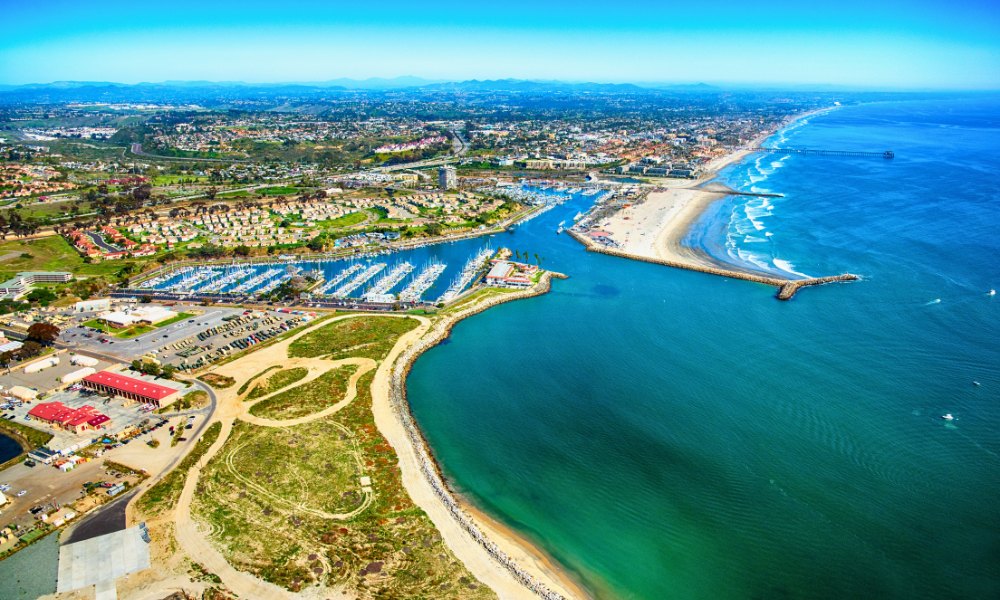
Oceanside: The Coolest Beach Town in California You’ve Never Heard Of (But Should!)
Forget the crowded boardwalks and sky-high prices of California’s more famous beach towns. There’s a true gem sparkling on the Southern California coast, quietly cultivating a vibrant, authentic, and undeniably cool vibe: Oceanside. If it’s not on your radar yet, prepare to be wonderfully surprised.


For years, Oceanside might have been considered merely a pit stop on the way to San Diego. But those days are long gone. This dynamic city has undergone a remarkable transformation, evolving into a destination that perfectly blends classic California surf culture with a burgeoning arts scene, an exciting culinary landscape, and a commitment to sustainable living.
So, what makes Oceanside the coolest beach town you’ve been missing out on? Let’s dive in!
Read More: Spend 4 Days In This Laid Back SoCal Surf Town For Under $100
More Than Just Miles of Sand (Though We Have Plenty!)
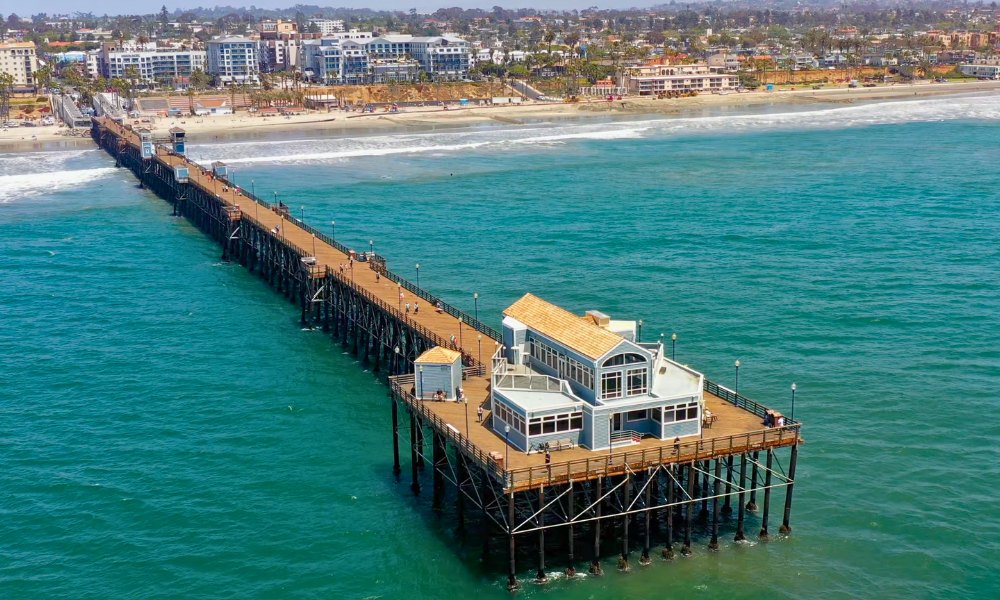
Yes, Oceanside boasts 3.5 miles of pristine, wide sandy beaches – perfect for sunbathing, swimming, or catching a wave. But it’s the iconic Oceanside Pier that truly sets the scene. Stretching nearly 2,000 feet into the Pacific, it’s one of the longest wooden piers on the West Coast, offering breathtaking views, fantastic fishing (no license required!), and a quintessential California stroll. You’ll see surfers carving lines below and may even spot dolphins or seals playing in the waves.
Just north of the pier, the Oceanside Harbor is a charming hub for all things maritime. Think colorful boats, fresh seafood restaurants, and opportunities for whale watching, kayaking, or paddleboarding. It’s a picturesque spot to soak in the coastal ambiance.
Read More: #1 Snorkeling Resort In North America
A Surfer’s Paradise with a Rich History
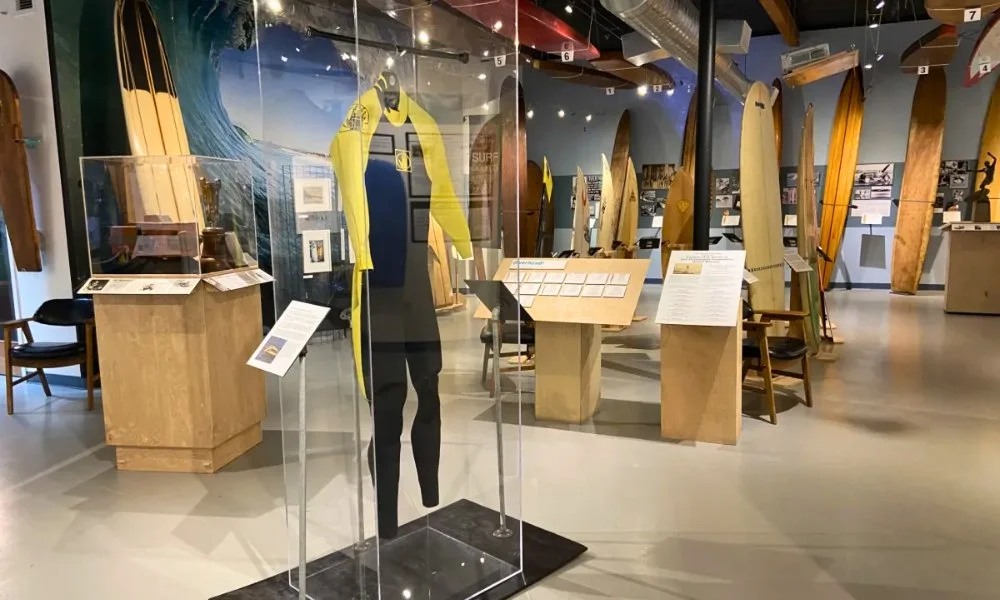
Oceanside’s roots are deeply entwined with surf culture, and it’s celebrated at the fantastic California Surf Museum. Here, you can immerse yourself in the sport’s history, marvel at vintage boards (including an 11-foot redwood from the 1800s!), and learn about legendary surfers. Even Bethany Hamilton’s shark-bitten board is on display, a testament to the resilience and spirit of the surf community.


Beyond surfing, Oceanside embraces its past with historic landmarks like the Mission San Luis Rey and the beautifully restored “Top Gun” House (now serving up nostalgic pies!). You’ll find a blend of old and new, creating a unique character you won’t find just anywhere.
A Culinary Scene That Will Surprise and Delight

Prepare your taste buds, because Oceanside’s food scene is booming! What was once a sleepy surf town is now a culinary hotspot, with new and exciting restaurants popping up regularly. From European bistros to East Coast-inspired delis, and a plethora of craft breweries and wine-tasting rooms, there’s something to satisfy every craving. Don’t miss out on exploring Artist Alley, a vibrant space that hosts a First Friday Art Walk with pop-up galleries and artisan goods, often with delicious food trucks on hand.
Read More: 10 Things You Didn’t Know You Could Do in NYC (Even Locals Miss These)
Beyond the Beach: Unique Adventures Await
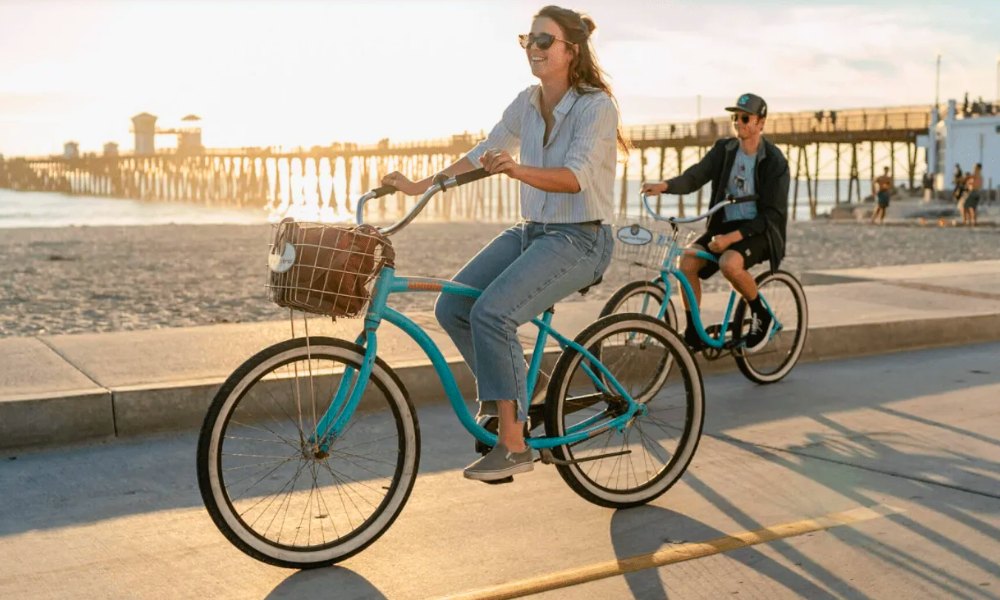
Oceanside offers a surprising array of activities that go beyond the typical beach day:
- Skydiving with Ocean Views: For the ultimate thrill, try indoor skydiving at iFLY or, for the truly adventurous, jump out of a plane with GoJump Oceanside for unparalleled views of the coastline.
- Goat Hill Park: This isn’t your average golf course. It’s a refreshingly inclusive and unique spot with ocean views, a relaxed atmosphere (no dress code, rock music!), and even a commitment to local beekeeping!
- Whale Watching: Year-round excursions from the Harbor offer incredible opportunities to spot majestic whales and playful dolphins.
- Biking the Strand: A pedestrian-friendly path runs parallel to the ocean, perfect for biking, running, or a leisurely stroll.
- Sunset Market: On Thursday evenings, Pier View Way transforms into a lively outdoor market with food, music, and local crafts – an experience not to be missed.
Read More: New Orleans Was Just Named The World’s Best Food City
Why Oceanside is Your Next California Escape
Oceanside isn’t just a pretty face; it’s a community with a strong sense of identity, a laid-back charm, and a dedication to growth that benefits both visitors and locals. It’s less crowded than its Southern California neighbors, offering a more authentic and relaxed beach town experience. And with visitor spending consistently growing (reaching $568 million in 2022!), it’s clear that more and more people are discovering its magic.
So, if you’re looking for a California beach getaway that’s off the beaten path, rich in culture, brimming with delicious food, and offers endless opportunities for adventure and relaxation, then Oceanside is calling your name. It’s the coolest beach town in California you’ve never heard of, and it’s time to change that.


Myrtle Beach
What They Don’t Tell You About Orlando (Hint: It’s Not All About the Mouse)
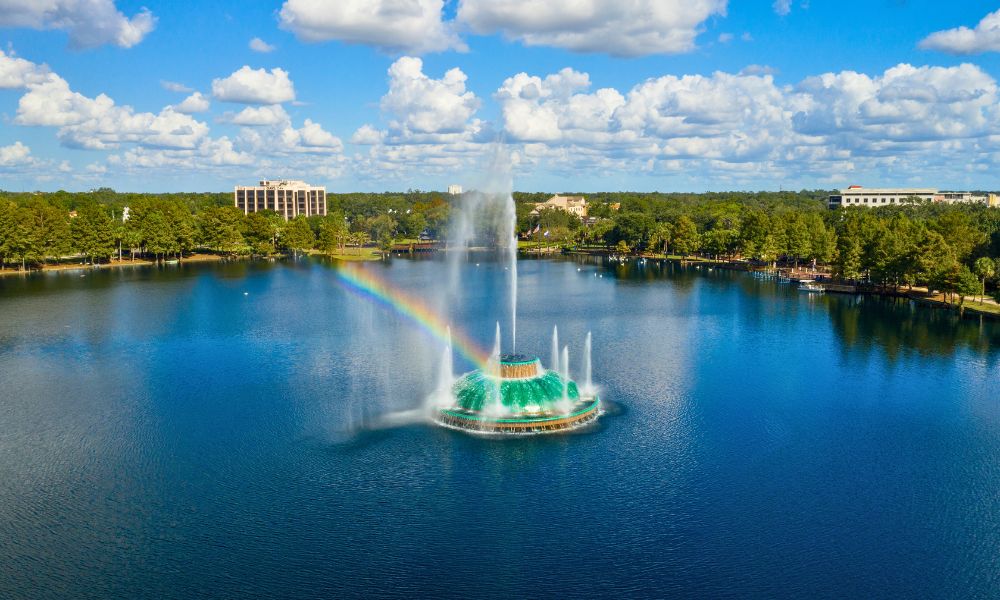
Orlando is world-famous for one thing: the Mouse. And sure, Walt Disney World is a bucket list destination. But beyond the theme park turnstiles and fairy tale castles, there’s a version of Orlando most visitors never get to see—one filled with local charm, unexpected adventures, and culture that has nothing to do with characters in costume.
Here’s what they don’t tell you about Orlando (and why that’s a good thing).
1. A Food Scene Worth Traveling For
While most visitors are dining on theme park fare, locals are indulging in everything from Vietnamese street eats to Michelin-starred tasting menus. Neighborhoods like Mills 50, Winter Park, and Audubon Park are packed with independently owned gems that rival big-city cuisine.

Try This: – The Ravenous Pig for upscale gastropub favorites – Domu for trendy ramen and sake cocktails – Kadence for an intimate sushi tasting experience
Read More: New Orleans Was Just Named The World’s Best Food City
2. Nature That Feels Like Another World
Swap roller coasters for river bends and ancient cypress trees. Orlando is surrounded by lush springs, lakes, and natural preserves that make it easy to escape the noise.
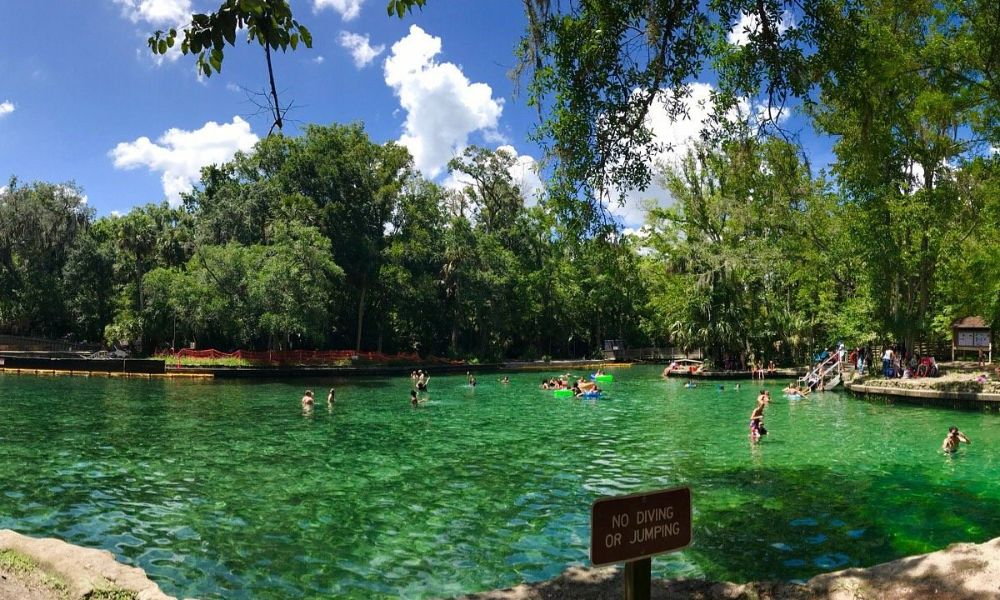
Don’t Miss: – Wekiwa Springs for crystal-clear swimming and kayaking – Lake Eola for a scenic walk or swan boat ride in the city – Harry P. Leu Gardens for peaceful trails through botanical wonder
Read More: This Is What Vegas Locals Really Do (Hint: It’s Not on the Strip)
3. Culture With a Local Beat
Orlando’s arts and culture scene is vibrant and authentic. Catch indie films under the stars at Enzian Theater, browse modern art at Snap! Orlando, or take in a Broadway show at the Dr. Phillips Center for the Performing Arts.

Bonus Tip: Head to the Milk District for street art, vintage shops, and cool dive bars with a neighborhood vibe.
4. Unexpected Neighborhood Gems
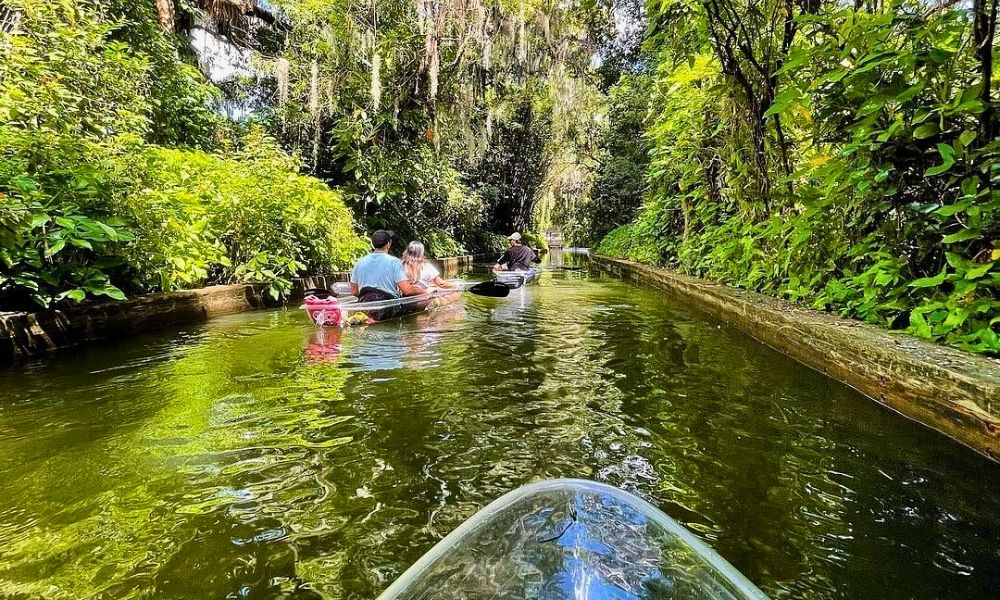
The best part of Orlando might just be outside the tourist map. Winter Park is full of European-style charm, with sidewalk cafés, art galleries, and boat tours through historic lakeside estates. College Park and Thornton Park offer boutique shopping, cocktail bars, and weekend markets that feel miles away from theme park lines.
Read More: You Won’t Believe What $147 Gets You In Cancun
5. A Wellness Scene That Goes Beyond Spa Day
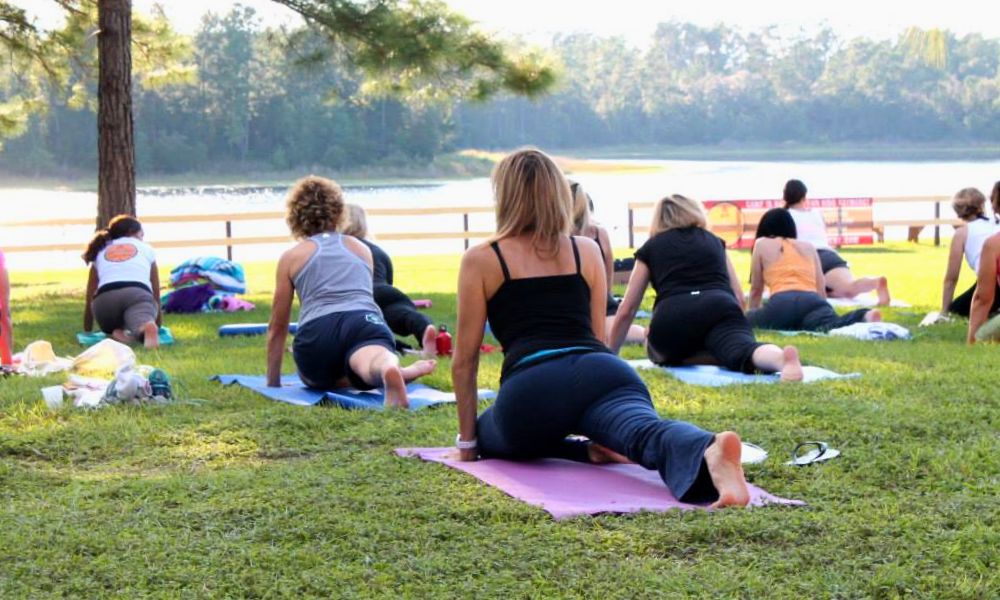
Locals know how to slow down, too. From sunrise yoga by the lake to float therapy and holistic health studios, Orlando offers all the tools for a restful reset.
Read More: Why This Laid-Back Beach Town Is the East Coast’s Best-Kept Secret
The Bottom Line Yes, Orlando has theme parks—and they’re amazing. But the real magic happens in the neighborhoods, the nature, and the flavor you won’t find in a brochure. What they don’t tell you about Orlando? It’s not just for kids. It’s a destination for anyone looking to dig a little deeper and discover something real.
-
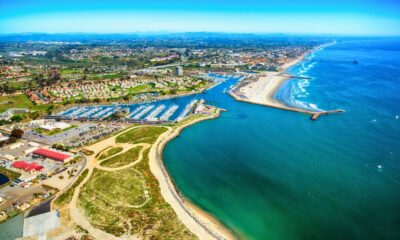
 California56 years ago
California56 years agoWhy Oceanside Is The Coolest Beach Town In California You’ve Never Heard Of
-

 Trip Ideas56 years ago
Trip Ideas56 years agoNashville’s Live Music Scene: A Guide to the Best Venues
-

 Trip Ideas56 years ago
Trip Ideas56 years agoWhy The Grand Serenis Resort In Akumal Is Rated The #1 Snorkeling Resort In North America
-

 USA56 years ago
USA56 years agoThe Top Nashville Attractions for the Music Lover
-

 Trip Ideas56 years ago
Trip Ideas56 years agoNew AI Technology Helps Travelers Find the Best Flight Deals
-
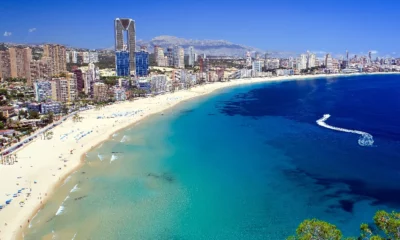
 Trip Ideas56 years ago
Trip Ideas56 years agoNightlife in Benidorm – The Eight Clubs to Check Out
-

 Boracay56 years ago
Boracay56 years agoThe 10 Best Bars in Boracay
-

 Uncategorized56 years ago
Uncategorized56 years agoBooksi.com Review – Discount Travel Membership


